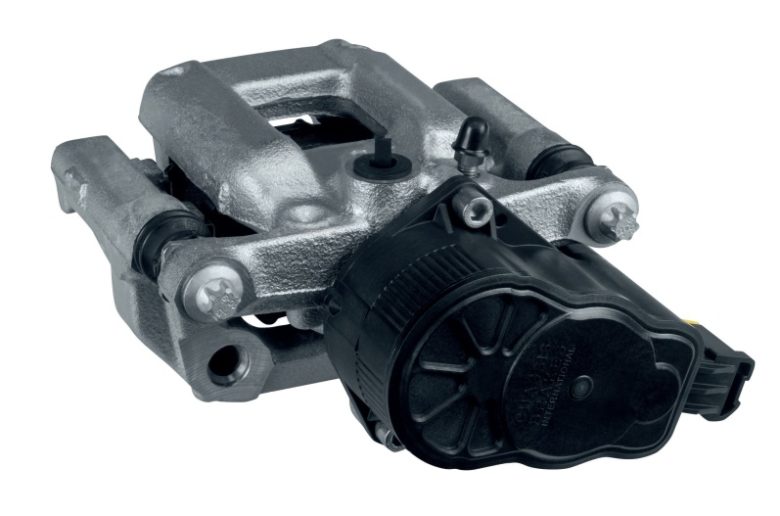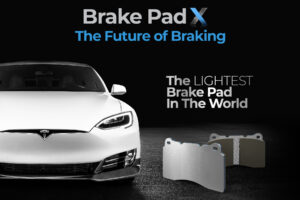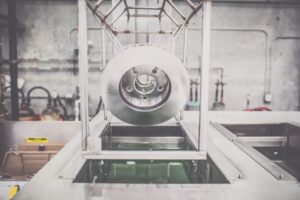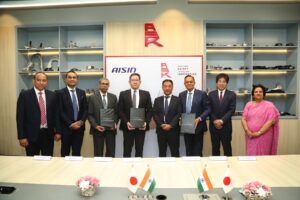Chassis Brakes International is leading global supplier of parking brakes
FARMINGTON, Mich. — More than 35 percent of all new cars and light trucks sold in North America will be equipped with automated parking brakes (APB) in 2019 and the number is expected to grow.
APB systems offer distinct advantages for automakers and new-car buyers alike. “Automated parking brakes are easier to operate, offer additional safety features compared to conventional parking brakes and help automakers reduce vehicle weight and cost,” said Dennis Berry, president of the Chassis Brakes Americas Region.
APB Consumer Benefits
APBs replace large manually operated levers or foot pedals with a small activation switch conveniently located on a vehicle’s instrument panel or center console. When the doors of an APB-equipped vehicle open, the parking brake can be applied automatically. APB systems can automatically engage on hills as well. They also occupy less space and improve interior ergonomics.
For improved safety, an APB system can be designed to automatically engage when a vehicle’s transmission is placed in park or its engine is turned off. With automatic activation of the parking brake, rollaways largely can be prevented. APBs also can be designed to automatically engage under emergency deceleration situations and can be integrated with a vehicle’s lane-keeping-assist and steering-assist systems.
APB Design and Packaging Advantages
The elimination of centrally mounted levers or large footwell pedals provides design engineers with additional interior room and the ability to improve customer satisfaction levels. APB packaging and light-weight benefits are especially suited for electric-vehicle and automated-driving applications.
Berry noted that automated parking brake systems can save approximately seven pounds or three kilograms per vehicle compared to conventional cable-and-lever systems.
Chassis Brakes’ APB systems, built into existing ZOHe (Zero Offset Harmonized evolution) disc-brake calipers, reduce weight to deliver improved fuel economy and reduced CO2 emissions. APBs also reduce overall part counts and production-line complexity. An APB system has no cables or levers, which saves space, simplifies assembly processes, reduces costs and eliminates the need for parking brake adjustments and pre-sets.
Durability and clamping force are important engineering considerations, as well. APBs from Chassis Brakes can repeatedly apply clamping force and have been durability tested to meet passenger car and light commercial vehicle requirements.
“Our automated parking brakes are flexible, durable and programmable for a wide variety of caliper systems,” Berry noted. “By integrating parking-brake software into a vehicle’s electronic stability program, the system also offers a vehicle hold-and-release function and a limited deceleration feature.”
Chassis Brakes International manufactures automated parking brakes in Europe, North America, and the Asia-Pacific region with more than 3.6 million systems produced in 2018.
Source: CBI








